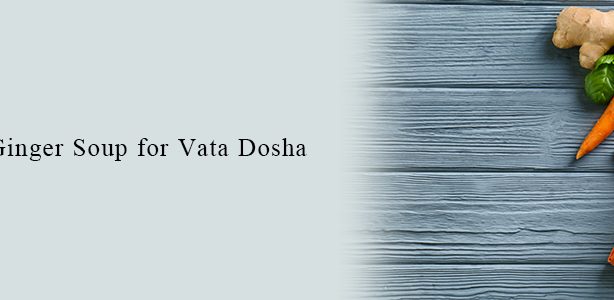The food we take either builds our health or spoils it. It can cause an imbalance in the three doshas and lead to infections and illness. For instance, joints are affected due to vitiation of vata and rakta and the condition is then known as vatarakta, explains V. C. Ajith Kumar, Director and Principal Consultant of Ayush, Singapore, Little India branch.
The consultant informs that this Vatarakta is of two types _ Uttanvatarakta and Gambhirvatarakta. Each of them produces unique symptoms. While a burning sensation, intense itch and discolouration of the skin are characteristics of Uttanvatarakta, swelling, tenderness and pain are associated with Gambhirvatarakta.
“When the levels of uric acid rise in the body, it causes inflammation of joints and it is also accompanied by intense pain in the body. Therefore, it is important to balance vata dosha to manage vata rakta,” clearly states the Ayurvedic specialist.
It is the food we take that affects the levels of uric acid in the body and therefore it is important to keep a strict watch on what we eat, informs Mr. Ajith Kumar. Are you wondering what this uric acid is all about? Let me explain, says the consultant.
Uric acid is nothing but a waste product that is produced in the blood. This product is obtained only when chemicals called purines are broken down and most of it actually dissolves in the blood itself. It is excreted along with the urine. The purines which are the primary source of uric acid are present in high levels in certain types of food and drinks. Foods high in purines can.
Here are some foods that are recommended by the Ayurvedic consultant to avoid or minimize if you have Vata Rakta:
High-Purine Foods: Purines are substances that break down into uric acid in the body. Foods high in purines can contribute to increased uric acid levels and worsen symptoms. Some examples include organ meats (liver, kidney, etc.), red meat, shellfish, and certain types of fish (sardines, anchovies, shrimp, lobster).
Alcohol: Alcohol can interfere with uric acid metabolism and increase its production, leading to higher levels in the body. (Beer, especially has very high purine content and therefore should be definitely avoided).
Sugary Foods and Drinks: Excessive consumption of sugary foods and beverages, such as soft drinks, sweets, and desserts, can contribute to weight gain and may trigger or worsen gout symptoms. Added to these, sugary foods do not have high nutritional value too.
Processed Foods: Processed foods often contain high amounts of unhealthy fats, added sugars, and additives that can contribute to inflammation and exacerbate symptoms. For example, one should refrain from packaged snacks, and any sort of processed meats as it aggravates Vata Rakta.
Certain Vegetables: While vegetables are generally considered healthy, some high-purine vegetables may need to be limited if you have Vata Rakta. These include asparagus, cauliflower, mushrooms, spinach, and peas.
C. Ajith Kumar insists that it is important to consult with an Ayurvedic specialist or healthcare professional to determine which vegetables are appropriate for your body and the severity of the condition.
Symptoms
What exactly happens when this waste product or uric acid circulates in the body? Explains the consultant of Ayurveda: When there is too much of uric acid in the blood, they begin to crystallise and settle around the joints. The person then begins to feel extreme pain and when the crystals move into the kidneys, they form kidney stones. Over a period of time, if the high levels of uric acid go unnoticed, your BP shoots up or creates an imbalance in the sugar levels or causes a fatty liver.
The consultant of Ayurveda points out that normally the first symptoms are noticed only in the small joints and that too in the foot. Itching, pain, numbness and other symptoms develop only later and slowly move to the upper part of the body and then to all the joints.
Mr Ajith goes on about the general symptoms in the affected joints which include _ Numbness, burning sensation, restricted movements, unbearable pain and discomfort. Ayurveda helps to manage this condition by following a healthy diet, reducing weight, dinacharya and ayurvedic medicines for dosha imbalance in the body. These can also help to regulate uric acid levels in the body.
FOODS TO AVOID
Therefore, one should refrain from salty foods (Lavana), pungent foods (Katu), sour (Amla), alkaline (Kshara), Oily (Snigdha), Hot foods (Ushna), excess moist food and dry (Klinna & Shushka), radish (Moolaka), horse gram (Kulattha), sugarcane (IKshu) and curds. You should also avoid sleeping during the day or keeping awake till late at night. “Watch what you eat,” concludes Ajith Kumar, Ayurvedic specialist, Ayush, Singapore.



